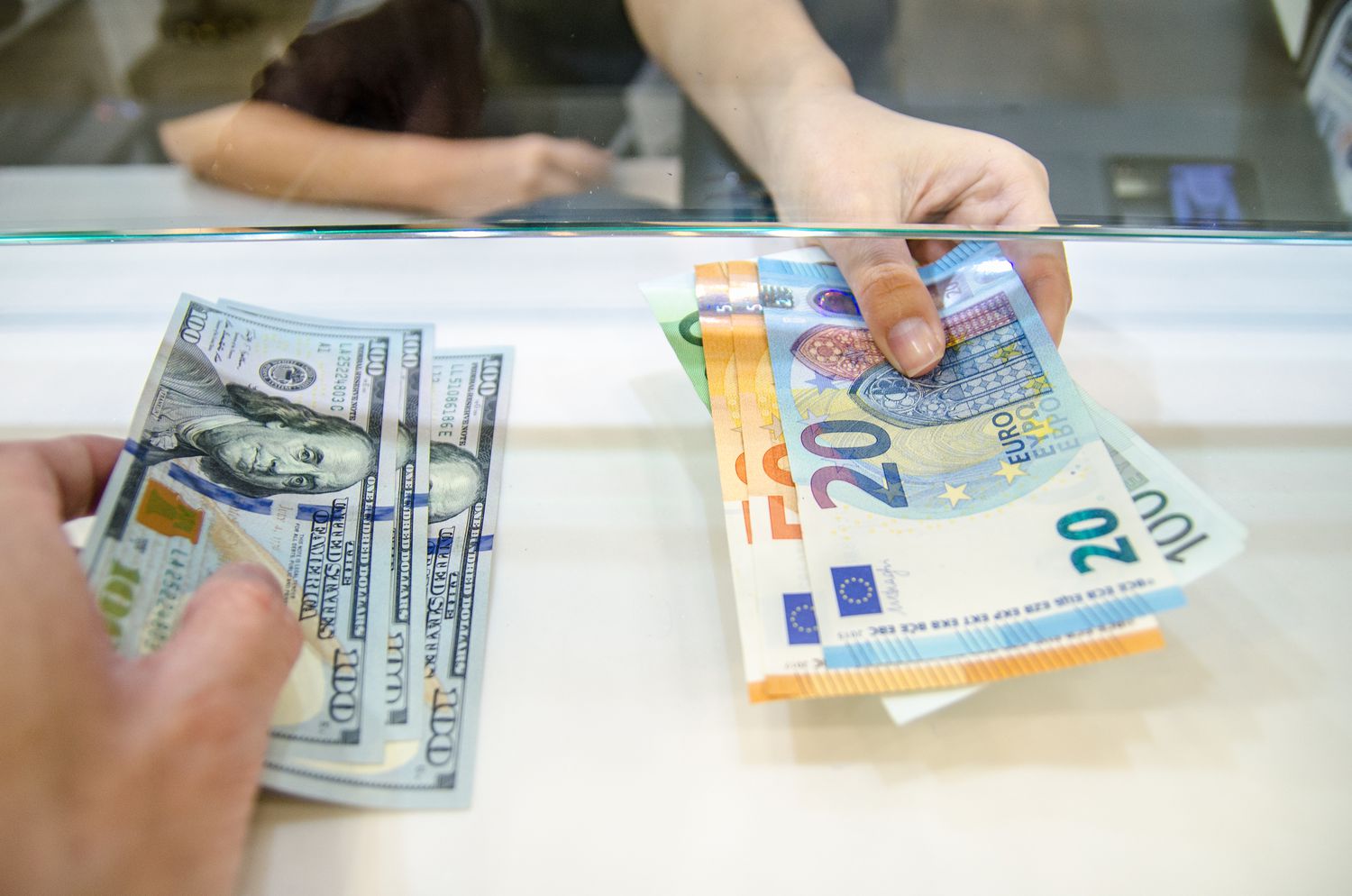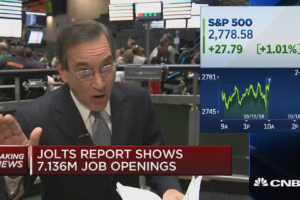
5 Comprehensive currency exchange market rules
Currency Exchange or Foreign Currency
A forex trader is someone who is simultaneously buying one currency and selling off another. It is simply money that is valued against one currency or another, usually the U.S. dollar. How to successfully trade in this market or any other market requires proper education of the vehicle in which you are trading and knowledge of the fundamentals and technical analysis tools.
Conquering the forex or currency exchange market and mastering success in trading absolutely requires identifying and learning how to avoid a lot of losses and risk, more than it does to identify trading opportunities.
In fact, the most professional traders will tell you that currency exchange is not any specific trading methodology or trading system that makes successful trades and rather, it is the discipline and patience needed to master and to stick to their trading rules and to remain controlled in their overall trading methods.

In order to win at trading, you must manage risks and understand that there will be lots of losing trades. Remember that success takes time, but mostly it requires consistency in how you seek, execute, and exit positions. If you want to conquer the forex market and wish to learn which technical tools will serve you best.
My goal in this post of currency exchange is to present the easiest and yet comprehensible set of trading techniques and reliable trading tactics that you can apply in everyday trading circumstances.
These techniques should help you identify frequently reoccurring trading opportunities. However, in order to better enhance these techniques, I will cover why it is important to develop and maintain a systematic approach based on historical data that is back-tested either visually or by the aid of a computer or trading software program.
The signals and methods can be applied for long and short positions. Currency exchange and Forex has no restrictions on selling short, so these trading methods will improve and increase your trading opportunities because you can trade both long and short strategies.
Imagine a trading product in currency exchange that allows you 24-hour access so you can apply techniques that will set your stop-loss levels, profit objectives, and various order types (such as trailing stops) to maximize your performance. This is what the forex market offers, including flexible leverage and commission-free trading.
Why trade forex and understand currency exchange.
In late June 2006, many investors were left holding the bag on excess inventory—they bought a housing unit (town home, or home) to turn around and sell for a profit but, due to such market conditions as an excess supply of homes for sale, cannot sell the property.
Most of their cash or past profits may be tied up in the investment. Even worse, they may be overextended in credit from their bank. These are the folks who will be exposed to major financial disaster. To make matters worse, the Federal Reserve (the Fed) raised interest rates once more, for a record-breaking 17 consecutive hikes.
That brought the Fed Funds interest rate to 5.25 percent. The prime lending rate shot up to 8.25 percent. That put the fixed rate for a 30-year mortgage up to 6.62 percent (actual mortgage rates depend on your credit score, down payment, etc.).
What this did in effect was to bring on higher borrowing costs, which slowed the housing market even more.
As of October 2006, both new and existing home sales have continued to slow. Higher mortgage rates had been expected to slow the housing market, and they finally started showing their effects. Just to show you, mortgage rates went up roughly 125 basis points since the same period starting from 2005.
So when the reports came in from June 2006, new home sales edged down 3.0 percent to an annual rate of 1.131 million. New home sales were down 11.1 percent on a year-over-year basis.

